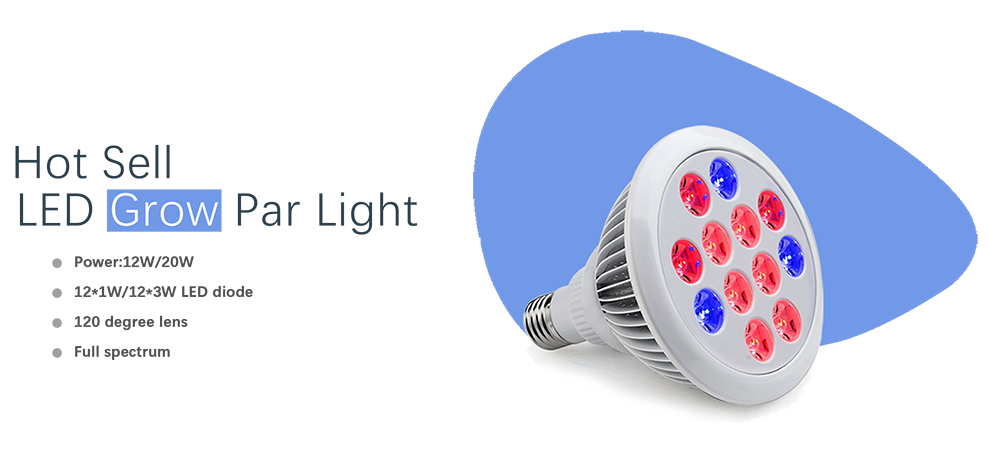Automotive sensor development towards miniaturization, multi-functionalization, integration and intelligentization
The development of the transportation industry has driven the development of the automotive industry. Nowadays, the demand for automobiles has gradually increased, and people have also put forward higher requirements for the safety and comfort of automobiles. The importance of the sensor as a detection unit for the various parameters of the vehicle in motion is well-known. The development of the automotive industry drives the development of automotive sensors. The future trend of automotive sensor technology is miniaturization, multi-functionalization, integration and intelligence. Miniaturization refers to the fact that sensors need to have a small size and low cost. Multifunction means that one sensor can detect two or more characteristic parameters or chemical parameters, thereby reducing the number of automotive sensors and improving system reliability. Integration refers to The use of IC manufacturing technology and fine processing technology to produce IC sensors; intelligence refers to the combination of sensors and large-scale integrated circuits, with a CPU, with intelligence, to reduce the complexity of ECU, reduce its size, and reduce costs.
At the end of the 20th century, the development of design and material technologies, especially Mems technology, brought microsensors to a new level. Microelectronic machining techniques were used to encapsulate micro-scale sensitive components, signal processors, and data processing devices on the same chip. Above, it has the characteristics of small size, low price, high reliability, and can significantly improve the system test accuracy. Currently, Mems technology can be used to produce miniature sensors that detect mechanical quantities, magnetic quantities, thermal quantities, chemical quantities, and biomass. Because of the advantages of Mems miniature sensors in reducing the cost of automotive electronic systems and improving their performance, they have gradually replaced sensors based on traditional electromechanical technologies. Mems sensors will become an important part of the world's automotive electronics.
Automotive sensors and electronic systems are evolving toward the use of Mems sensors. Mems sensors are low cost, reliable, and small in size, and can be integrated into new systems, with working hours of several million hours. The earliest Mems devices were absolute pressure sensors and airbag acceleration sensors. Currently, MEMS/MST products under development and in small batch production include: wheel speed rotation sensors, tire pressure sensors, refrigeration pressure sensors, engine oil pressure sensors, brake pressure sensors, and deviation rate sensors. In the next 5-7 years, Mems devices will be used in a large number of automotive systems.
With the development of microelectronics technology and the increasing application of electronic control systems in automobiles, the market demand for automotive sensors will continue to grow at a high speed. Microstimulators based on Mems technology will be gradually miniaturized, multi-functionalized, integrated, and intelligent. Replace traditional sensors and become the mainstream of automotive sensors.
In the early 21st century, the general trend of the development of sensitive components and sensors was miniaturization, integration, multi-functionalization, intelligence, and systematization. The major technologies in the field of sensors will be extended and improved on an existing basis and accelerate the development and industrialization of new generation sensors.
The rapid development of micro-machining technology and micro/nano-technology will become a revolutionary new technology in the field of sensors in the 21st century. MEMS products manufactured using micro-machining technology have unique advantages such as epoch-making small volume, low cost, and high reliability. It is expected that micro-systems integrated by micro-sensors, micro-actuators, and signal and data processing devices will enter the commercial market.
With the accelerated development of new sensitive materials, the penetration and comprehensive utilization of various disciplines such as microelectronics, optoelectronics, biochemistry, and information processing, as well as various new technologies, it is expected that a number of novel and advanced sensors will be developed. The research, production, and application of silicon pressure sensors will become the mainstream, and the semiconductor industry will be more powerful in stimulating the design of sensor-hand-manufacturing technologies for sensors; microprocessors and computers will further drive the data management and acquisition of new-generation smart sensors and network sensors. .
The replacement cycle of sensitive components and sensors will be shorter and shorter, and its application areas will be expanded. The application of secondary sensors and sensor systems will increase substantially, and the proportion of inexpensive sensors will increase, which will certainly promote the rapid development of the world's sensor market. development of.
The use of high-tech in sensor technology is even greater. Sensing technology involves the intersection of multiple disciplines. Its design requires multidisciplinary and comprehensive theoretical analysis. Conventional methods have been difficult to meet, and CAD technology will be widely used. Such as: abroad in the early 90s to develop a MEMS CAD software for silicon pressure sensor design, large-scale finite element analysis software ANSYS, including the force, heat, sound, fluid, electricity, magnetic analysis module, in the MEMS device Success in design and simulation.
The sensor industry will further develop in the direction of scale, specialization, and automation. The planar process technology for large-scale industrial production will be the main driving force for the significant reduction in the price of sensors. The automation of the sensor manufacturing post process—one package process and test calibration (the cost of the two products accounts for more than 50% of the total cost of the product) will become a breakthrough in key production processes.

Led Grow Par Light,High Par Led Grow Light,Full Spectrum Led Grow Par Light
Shenzhen Mingxue Optoelectronics CO.,Ltd , https://www.mingxueled.com